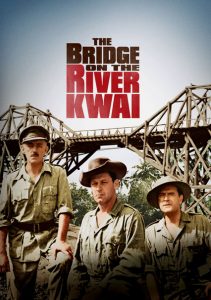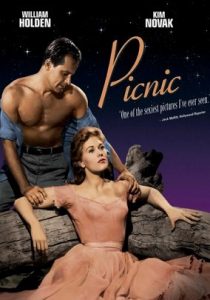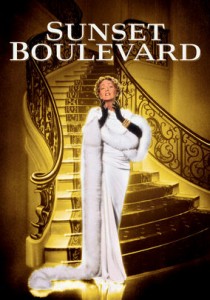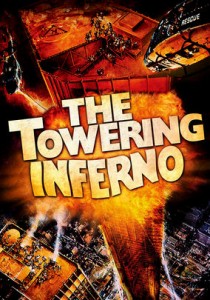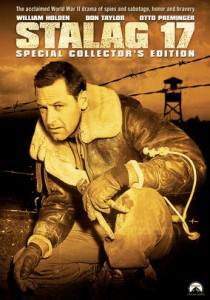The Bridge on the River Kwai- 1957
Director David Lean
Starring William Holden, Alec Guinness
Scott’s Review #908
Reviewed June 11, 2019
Grade: A
The Bridge on the River Kwai (1957) is a war film that is an example of character-driven storytelling from each person’s perspective.
Films of this genre frequently do not steer too far from the straight and narrow, showcasing the war event perspective. This often becomes larger than the humanity piece. A key point is the American, British, and Japanese points of view, which turn the grand epic experience into a more personal one.
The film was awarded numerous Oscar nominations, culminating with the Best Picture of the Year victory.
The time is early 1943 amid the powerful and destructive World War II when a group of British prisoners of war (POW) arrives at a Japanese camp. Colonel Saito (Sessue Hayakawa) commands all prisoners, regardless of rank, to begin work on a railway bridge that will connect Bangkok with Rangoon.
Lieutenant Colonel Nicholson (Alec Guinness), the British commanding officer, refuses manual labor, and a battle of wills erupts between the two men. Meanwhile, Commander Shears (William Holden), an American also being held at the same camp, vows to destroy the bridge to avoid a court martial.
The complexities of the relationships between the men are the main draw and an aspect that can be discussed at length. Each possesses a firm motivation, but the emotions teeter back and forth as they face various conflicts.
Each of the three principles is an analytical juggernaut in the human spirit, ranging from courageous, cowardly, and even evil. We are supposed to root for Shears and supposed to not root for Saito, but why is that not so cut and dry?
Is Shears too revenge-minded? We cheer Nicholson’s resilience, but is he too stubborn for his own good?
The film’s whistling work theme nearly became famous when the film was initially released in 1957. Ominous and peppered with a macabre depression, the prisoners go about their work in a near ode to Snow White and the Seven Dwarfs’ cheerier “Whistle While You Work” anthem.
As they continue to build the bridge dutifully, the audience feels a sense of dread and a foreboding atmosphere. What will ultimately happen? When two prisoners are shot dead while attempting to escape, the film takes a different turn.
Given that David Lean, responsible for such epic masterpieces as Lawrence of Arabia (1962) and A Passage to India (1984), directs The Bridge on the River Kwai, should be telling as far as the sweeping exterior landscape treats in store for the viewer.
The lavish Asian landscape, so picturesque and beautiful, is peaceful amid the chaos and vile treatment of the prisoners. This imbalance is wonderfully rich and poignant against the robust storytelling.
The climax is bombastic (literally!) and a nail-biting experience resulting in a stabbing, an explosion, and a heap of tension. A train carrying important dignitaries and soldiers is racing towards the newly constructed bridge as one man is intent on detonating a bomb and destroying another race against time to prevent the bloodbath.
The suspense, action, and cinematic skill are front and center during the final act.
Deserving of each one of the accolades reaped on The Bridge on the River Kwai (1957), the film is the thinking man’s war film.
Layered with an underlying humanistic approach and little violence given the subject matter, one can sink into empathy for each point of view presented instead of being force-fed a one-dimensional message film.
Fine acting and gorgeous cinematography make this film one to be forever remembered.
Oscar Nominations: 7 wins-Best Motion Picture (won), Best Director-David Lean (won), Best Actor-Alec Guinness (won), Best Supporting Actor-Sessue Hayakawa, Best Screenplay Based on Material from Another Medium (won), Best Scoring (won), Best Cinematography (won), Best Film Editing (won)
